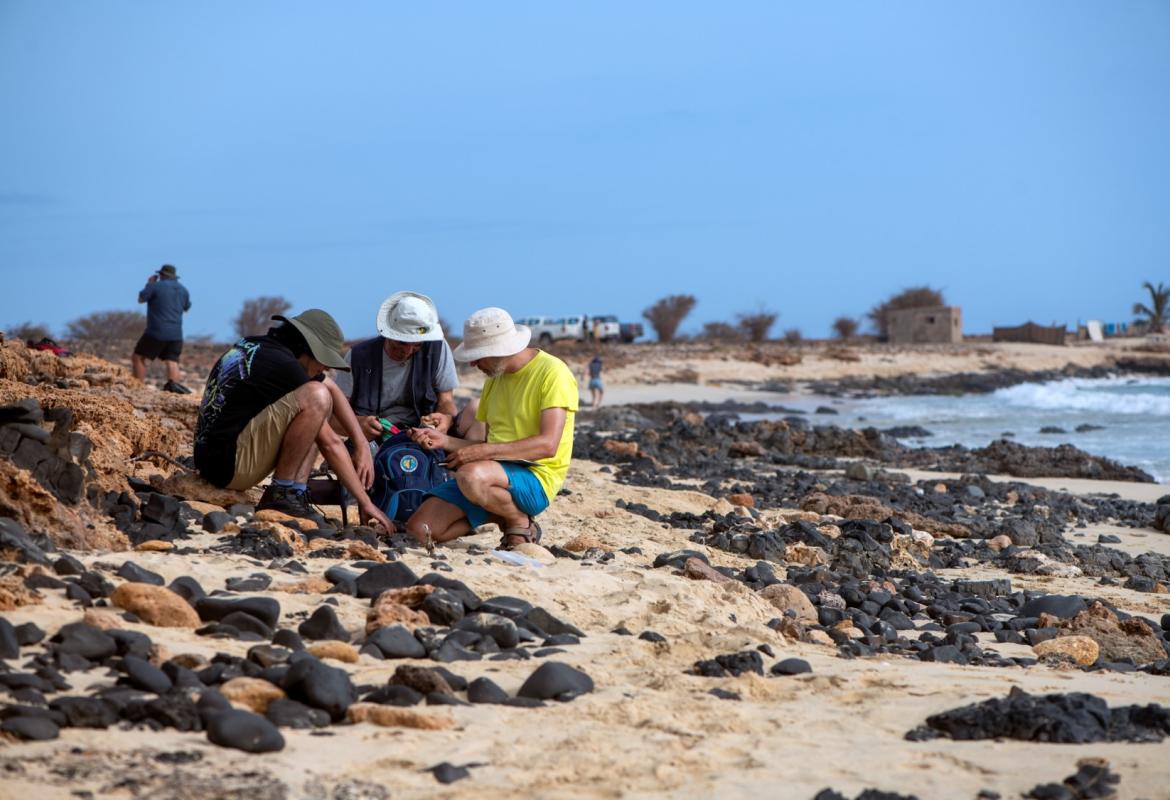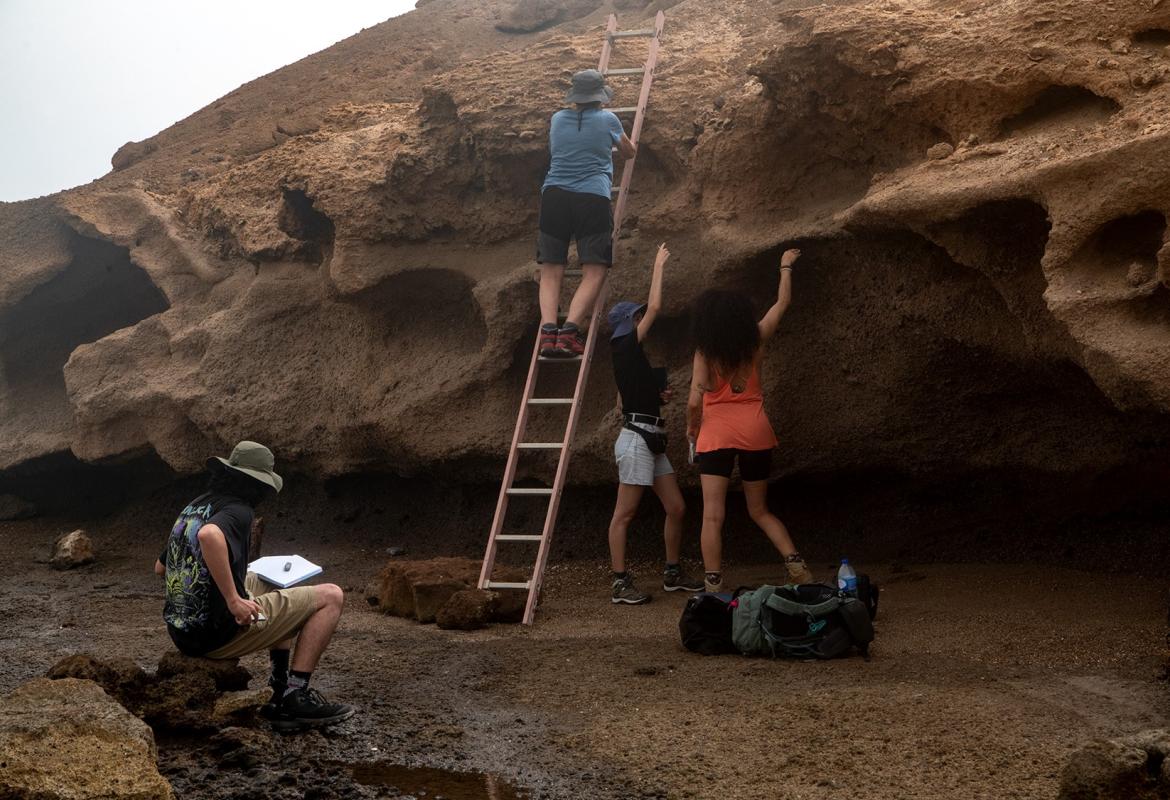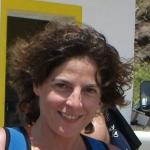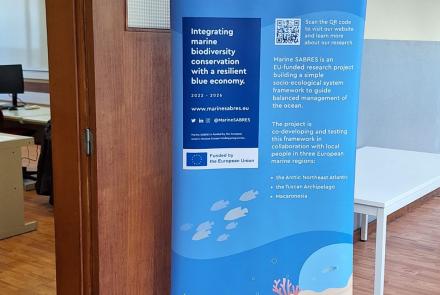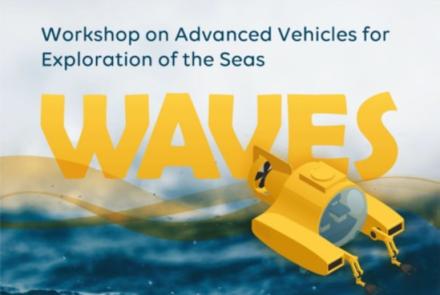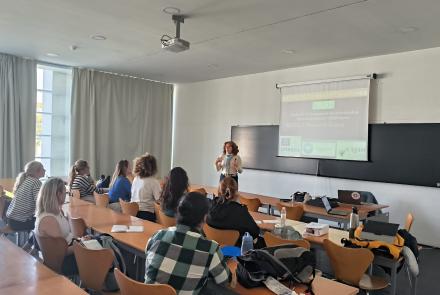CIBIO-Azores scientific expedition to Cape Verde
An international expedition of geologists, palaeontologists and biologists led by biologist and palaeontologist Sérgio Ávila (CIBIO-Açores/University of the Azores) and geologist Ricardo Ramalho (Cardiff University, UK) is taking place in the Cape Verde archipelago between 6th and 27th July. For 21 days, the 9 scientists taking part in this 5th International Workshop ‘Palaeontology in Cape Verde’, which includes researchers from the United States of America, Spain (Canary Islands), Poland, the United Kingdom and Portugal, will carry out fieldwork on the islands of Sal, Santiago, Boa Vista and Maio. This expedition is funded by the Regional Government of the Azores, through the ‘Macaronesian PalaeoBiodiversity Database’ project, led by biologist Patrícia Madeira (CIBIO-Açores).
The main objective of this expedition is, according to Sérgio Ávila, the leader of the Palaeontology and Marine Biogeography group at CIBIO-Açores, ‘to study the abundant fossil record of the last interglacial stage on several of the Cape Verde islands, and compare it with the coeval fauna reported for the other Macaronesian archipelagos (Azores, Madeira and Canary Islands), as well as with Cape Verde's current coastal marine fauna, with the aim of verifying whether there have been latitudinal migrations associated with global climate changes during the last 130. 000 years.
Cape Verde is an archipelago where megablock fields have been detected, which geologists Ricardo Ramalho and José Madeira (Faculty of Sciences of the University of Lisbon) associate with megatsunamis generated by the lateral collapse of volcanic buildings. One of these collapses occurred on the island of Fogo around 68,000 years ago and, according to Ricardo Ramalho, ‘caused waves over 250 metres high, which would have taken around 8 minutes to travel the 55 kilometres that separate the islands of Fogo and Santiago.’ The impact of the waves from this megatsunami was devastating and left its mark in various places on Santiago and other Cape Verde islands, both in the form of fields of megablocks (some weighing around 700 tonnes, ripped from the cliff and dragged up to 1.8 km inland), or in the form of multiple fossiliferous deposits, which have been studied by teams of Azorean and Canarian palaeontologists, led by Sérgio Ávila and Esther Martín-González respectively, in collaboration with palaeontologists Markes Johnson (Williams College, USA) and Alfred U. S. Johnson. USA) and Alfred Uchman (Jagellonian University).
According to the scientists, the preliminary results of this expedition have been exciting, with various scientific novelties that will be published in due course.



